What is the Median of a Triangle?
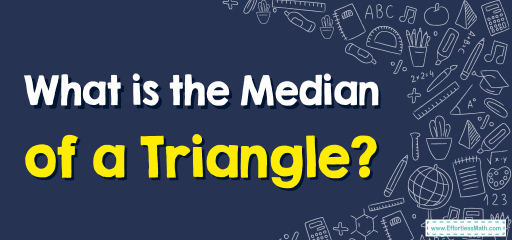
- Centroid Division: The centroid divides each median into two segments, with the segment connecting the centroid to the vertex being twice as long as the segment connecting the centroid to the midpoint of the side.
- Concurrent Medians: All three medians of a triangle are concurrent, meaning they meet at one point – the centroid. This point also serves as the triangle’s center of gravity.
- Area Relation: The medians of a triangle divide it into six smaller triangles of equal area.
Examples
Practice Questions:
- If the median of a triangle is \(18 \text{ cm} \) long, how far is the centroid from the triangle’s vertex?
- In a triangle, the distance from a vertex to the centroid along a median is \(9 \text{ cm} \). What is the total length of this median?
- \( \frac{2}{3} \times 18 \text{ cm} = 12 \text{ cm} \)
- Given the \(2:1\) ratio, the total median length \(= 9 \text{ cm} \times 3 = 27 \text{ cm} \)
Original price was: $109.99.$54.99Current price is: $54.99.
Original price was: $109.99.$54.99Current price is: $54.99.
Original price was: $109.99.$54.99Current price is: $54.99.
Related to This Article
More math articles
- Top 10 DAT Quantitative Reasoning Practice Questions
- Best Strategies to Teach Math Effectively
- How to Solve Zero and Negative Exponents? (+FREE Worksheet!)
- Area Models Unveiled: How to Complete Decimal Division Equations
- 7th Grade SBAC Math Practice Test Questions
- 7 Best Digital Pen Tablets for Online Math Teaching in 2026
- Math Skills You Need for the GED Math Test
- 6th Grade New York State Assessments Math Worksheets: FREE & Printable
- How to Help Your 5th Grade Student Prepare for the California CAASPP Math Test
- Top 10 SAT Math Practice Questions



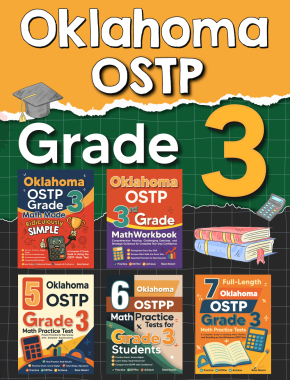
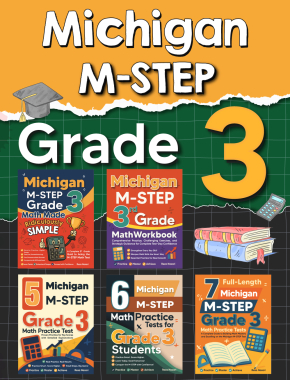
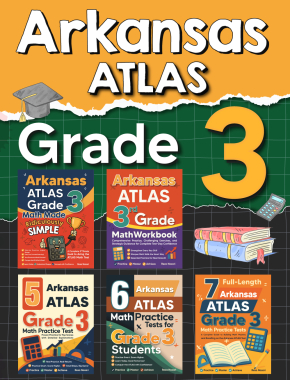

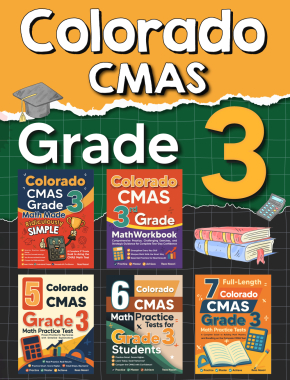



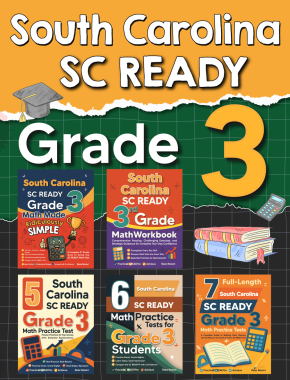
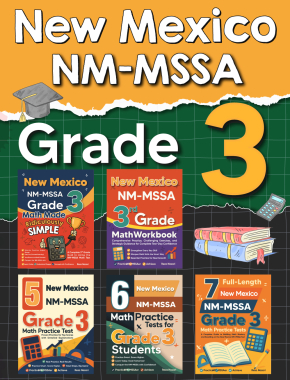

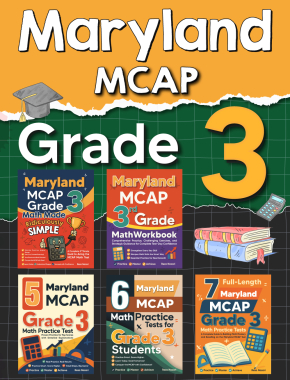
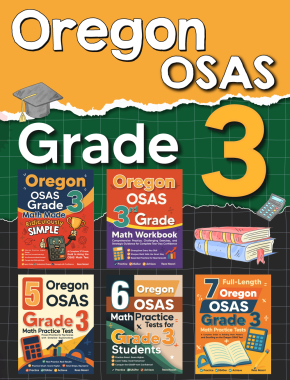
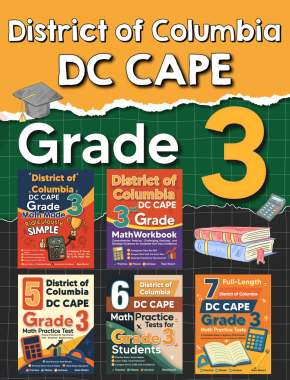






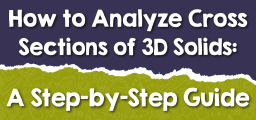
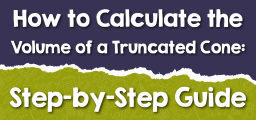
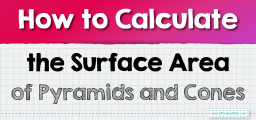
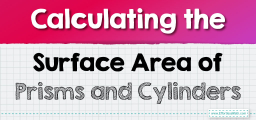

What people say about "What is the Median of a Triangle? - Effortless Math: We Help Students Learn to LOVE Mathematics"?
No one replied yet.